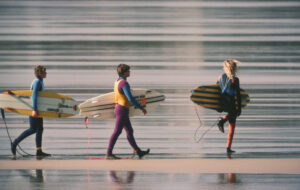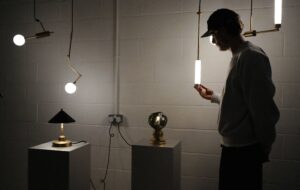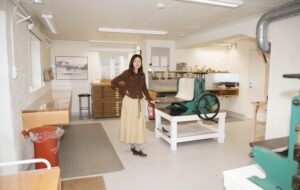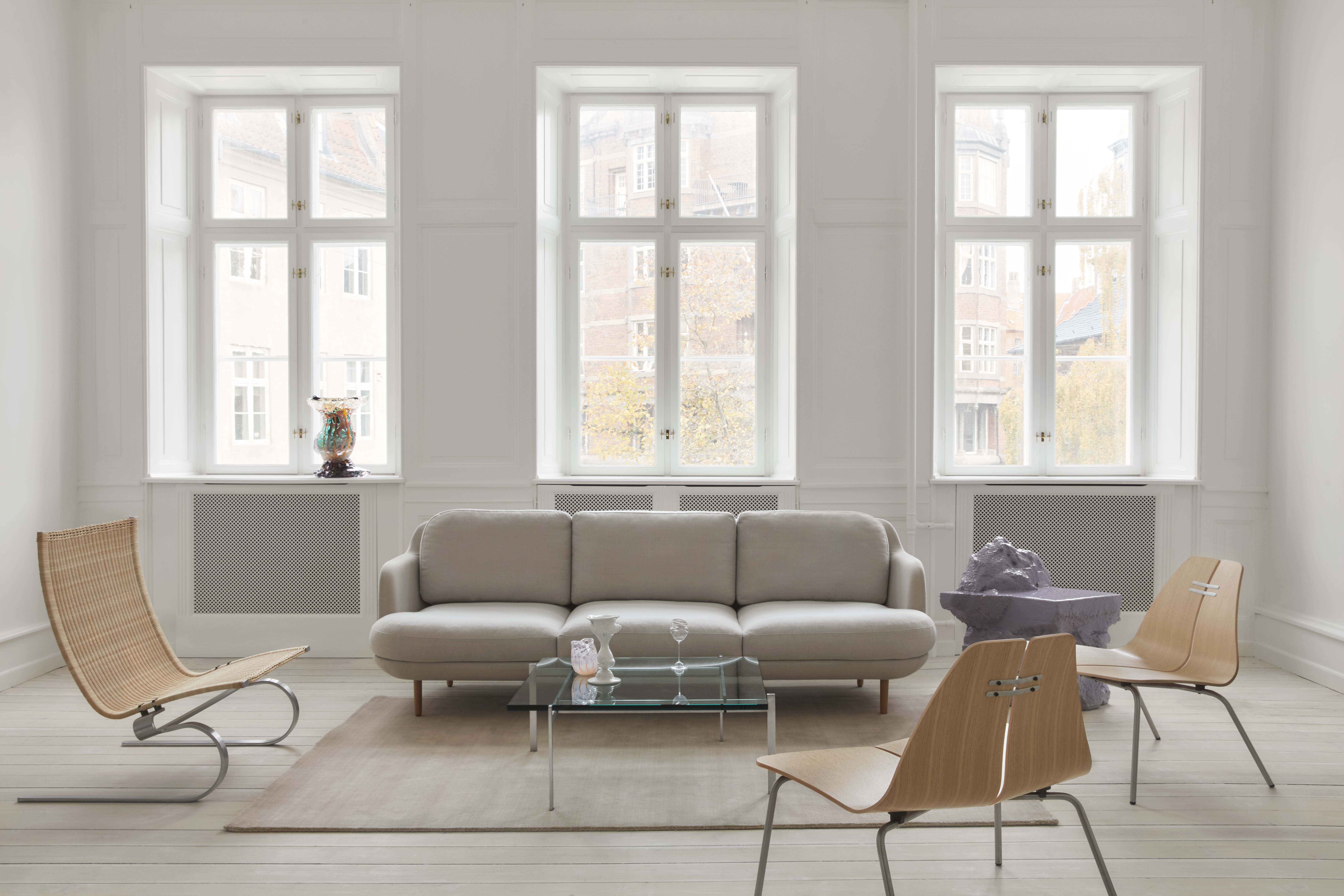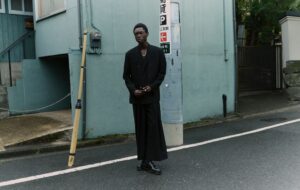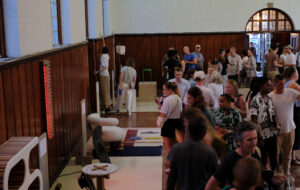
words Kieran Long
This year’s biennale focused on the cultural significance of polders, which can apparently be seen in Vermeer, Johann Cruyff and Boney M…
The Dutch. Rational, empirical people. And they have had to be, given that most of the country is below sea level. The history of the Netherlands can be written as a struggle to overcome an unfavourable geographic situation through rationality and engineering.
This year’s Rotterdam architecture biennale examines this history, and the relationship of cities in the Netherlands and elsewhere, with waterside locations in four major exhibitions at the Netherlands Architecture Institute and in the Las Palmas warehouse in the Kop van Zuid area of the city. This is the second Rotterdam biennale, and is curated by Adriaan Geuze, founder of West 8 – one of the most significant landscape architects in Europe.
Despite the rather apocalyptic title of the biennale – The Flood – there is no sense that today’s problems are likely to overcome the tireless belief of the Dutch in finding ways to overcome the inevitable advance of nature. The Dutch have an unbroken tradition in modernist design, and seemingly a national image that has every faith in the progress of Dutch ideas to hold back the tide. “The current problems of rising water levels … no matter how acute, are only one more chapter in the centuries-old tradition of Dutch involvement with water,” explains the introduction to the show.
Geuze, introducing the biennale at the preview, also talked about his new book, Polders!, recently published in Dutch by the NAI. He speculated that there might be a cultural dimension to the polders, and was incredibly entertaining speculating on how everyone from Vermeer to Johann Cruyff owe their attitudes to their art on the flat, rectilinear landscape of the 3,000 polders that constitute the characteristic part of the Dutch landscape. “And the incredible importance of the rubber shoe,” added Geuze. “A Dutch invention.”
However, the polders exhibition, which consists of a detailed examination in models and text of 15 historic polders, had none of the humour and synthesis of Geuze’s introduction. The models are, inevitably, big and flat and green, just like the landscape they represent, and they’re quite dull. If we could have seen just a little video of Boney M (whose lead singer is from the Lelystad polder, which Geuze thinks may have inspired The Rivers of Babylon) it may have helped. But it is all very, very dry.
The other exhibitions have an entertaining simplicity. The Water Cities exhibition consisted of huge models of waterside cities from all over the world, which are fascinating in the way that maps are compelling. The Mare Nostrum show exhibited a number of cities from all over the world in varying states of panic about the future of their coastlines – these lacked coherence, but this was the show with an atmosphere most like a biennale, cramming together diverse approaches in one room and allowing it to develop its own logic.
The first Rotterdam biennale was two years ago (icon 002 and 003), and promised to add something worthwhile to the merry-go-round of cultural festivals. But its execution has lacked conviction, and it has not developed into the research-led, empirical festival-with-a-conscience that could provide an alternative to Venice. The rumours are that there will not be another biennale, because of difficulties finding money for 2007. Ironic really, that with this show of dykes and dams, the NAI has finally plugged the stream of funding for this embryonic festival.
The biennale was in June, but “Polders: The Scene of Land and Water” runs until September 4 at the Netherlands Architecture Institute in Rotterdam.
www.nai.nl

